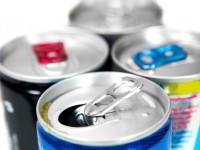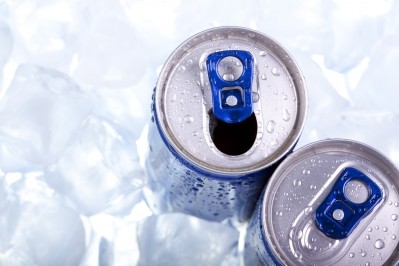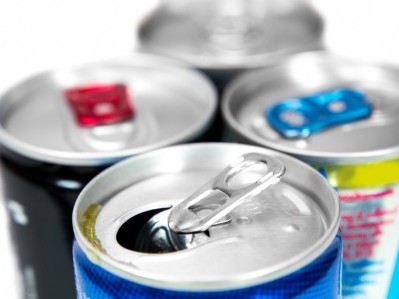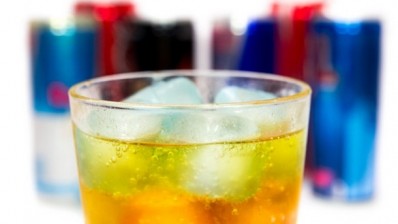Energy drinks: More education needed among young people, says study
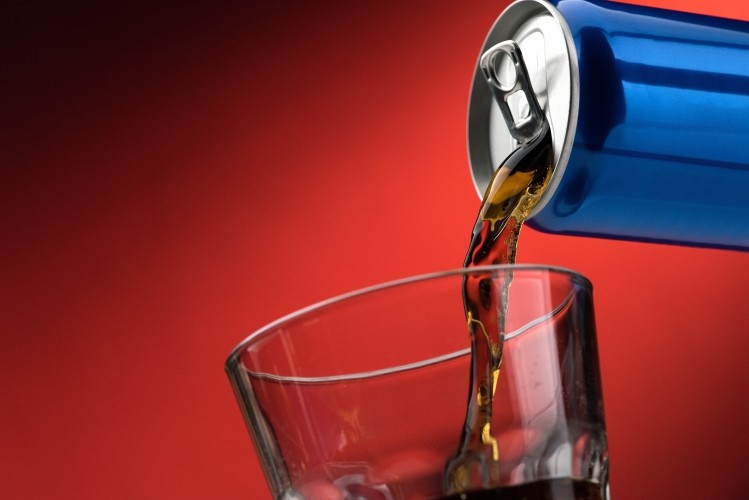
Quantifying ingredients in easily understandable terms (such as ‘teaspoons’ as opposed to ‘grams’) are ways to help young people understand what is in the energy drinks they are consuming, say researchers.
The popularity of energy drinks in recent decades has fuelled concerns about negative health effects of their consumption among young people: meaning that “identifying ways to minimize the potential harm from energy drinks is critical”, say researchers.
While some countries such as Denmark, Turkey, Norway, Uruguay, Iceland and Lithuania have banned the sale of energy drinks to under 18s, many countries - such as Australia and the US - have not enforced age-specific regulations on the sale of energy drinks.
In a study published in the Journal of Nutrition, Education and Behavior this month, researchers from the Telethon Kids Institute; University of Western Australia; Monash University; National Heart Foundation; and University of Tasmania among others set out five strategies for reducing energy drink consumption among young people.
“Although there is a critical need to identify ways to minimize the potential harm from energy drink consumption, there is a paucity of research investigating intervention strategies to reduce consumption among young people,” say the researchers.
Mandatory plain packaging for energy drinks?
The researchers conducted interviews with 41 people aged between 12 and 25 years old in the Perth area.
They found that young people were familiar with energy drinks: but there was often confusion in understanding a precise definition, naming ingredients, or understanding serving size.
“Participants reported easy accessibility to energy drinks and consuming the beverages for the perceived increase in energy. After increased energy, taste was the second most common reason for drinking energy drinks, but taste also proved to be a deterrent,” wrote the researchers in the study.
“Like taste, cost was both a deterrent to and facilitator of energy drink consumption. A number of participants described the $4 to $5 (AUD) price of a 250-mL energy drink as too expensive to purchase. Others described energy drinks as cheap.”
The study compiled five strategies to reduce energy drink consumption, which had been suggested by participants:
- Restrictions: such as banning the sale of energy drinks over 500ml; legislation to prevent purchase and consumption of energy drinks by young people less than 12 years old; ban on consumption of energy drinks in schools.
- Change product packaging: such as mandatory plain energy drink packaging; health warnings or large advisory statements; nutritional information presented in quantities that can easily be interpreted (ie ‘teaspoons’ rather than ‘grams’)
- Price: increase product price and remove multi-pack offers
- Reduce retail visibility: position energy drinks on low or high shelves; or ban promotional displays.
- Research and education: Further research into the health effects of energy drinks among children and young people; school visits; news stories and TV advertisements with health messages; educational campaigns directed at parents.
Various education strategies may be best targeted at specific age groups, say the researchers.
“Interventions targeting energy drink use combined with alcohol and illicit substances may be more relevant to young adults than 12 to 14-year-olds, whereas school-based activities apply only to adolescents.
“Because energy drink consumption was perceived by participants as being higher in males than females, campaigns designed to reduce energy drink consumption could also be targeted according to gender.
“Given participants noted that energy drink advertisements, promotions, and giveaways may encourage consumption, a policy implication of this research might be to implement and evaluate policies that regulate the marketing and promotion of energy drinks.
“In particular, energy drink visibility might be reduced by displaying energy drinks on peripheral rather than central eye-level shelves and banning in-store promotions.
“Advocating for changes to warning labels and ingredients may also reduce energy drink consumption given that participants believed quantities of energy drink ingredients (such as caffeine and sugar) would be easier to interpret if they were stated in common terms, such as teaspoons.”
Energy drinks in Australia: regulation and industry initiatives
According to the Australian Beverages Council, energy drinks in Australia are ‘one of the most stringently regulated categories of all the world markets’.
Energy drinks are classified as a food and as such are regulated under the Australia and New Zealand Food Standards Code under Standard 2.6.4 Formulated Caffeinated Beverages (FCBs).
The caffeine content must be between 145mg/l and 320mg/l – roughly comparable to a cup of instant coffee.
Labels must include declarations of average quantities of caffeine, per serving size and per 100ml, as well as any other substances. They must also state that energy drinks are not recommended for children, pregnant or lactating women, or caffeine sensitive persons.
Australian Beverages members commit to guidelines that include: energy drinks are not made available in schools; marketing and advertising is not directed at children; no promotional activities that encourage excessive consumption of energy drinks are undertaken; and labels of energy drinks do not promote mixing the product with any other beverages.
Future research should examine the feasibility of implementing the interventions suggested by young people in this study, conclude the authors of the study.
The study was funded by the Western Australian Health Promotion Foundation.
Source: Jacinta Francis et al. Informing Intervention Strategies to Reduce Energy Drink Consumption in Young People: Findings From Qualitative Research. Journal of Nutrition Education and Behavior, October 5, 2017. https://doi.org/10.1016/j.jneb.2017.06.007
